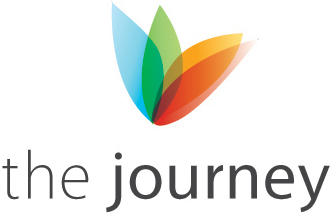The objective of this engagement was to develop a dynamic Visitor Information Services Strategy for Gauteng. Specifically, the strategy focused on improving the 5 critical components of the visitor information management model namely visitor profiling, appropriate information distribution channels, valid and reliable data management, an industry memebership/affiliation system and partnerships with private product providers

The project:
- Recommended ways to improve and standardise visitor servicing in Gauteng
- Explored and recommended suitable locations for VICs in Gauteng
- Evaluated additional visitor information points that are required within Gauteng
- Developed a range of resource sharing initiatives between VICs
- Maximised efficiencies within each VICEvaluated and proposed options for implementing new best-practice standards for visitor servicing
- Evaluated and proposed options for incorporating new technology into VICs
- Investigated and recommended new models for visitor servicing, including traditional bricks and mortar centres, mobile centres, interactive self-serve models, public/private partnerships and co-location with tourist attractions
- Suggested options for retailing and funding opportunities (e.g., community/business partnerships, business and industry sponsorships, collaborative marketing, and the use of levied funds).
Similar Case Studies

Assessment of and recommendations for improving the Visitor Journey, Saudi Arabia
We coinducted deatiled evaluations of service delivery along the KSA's Visitor Journey

Cape Town Tourism Development Framework 2029
- Policies and Strategies,
- Research & Analysis,
- Sustainable Tourism ,
- Market Segmentation,
- Marketing Implementation
For the second time, we devised the Tourism Development Strategy on behalf of the City of Cape Town for the period 2024-2029 (the first engagement was for the period 2019-2023). The TDF serves as an overall guiding framework for tourism development in one of the world's leading tourism cities. Cape Town has won many accolades to support its positioning as the Most Beautiful City in the World.

Tourism development plan and concepts for Inhambane Province, Mozambique
Formulation of tourism development and investment concepts for Vilankulos and Tofo
